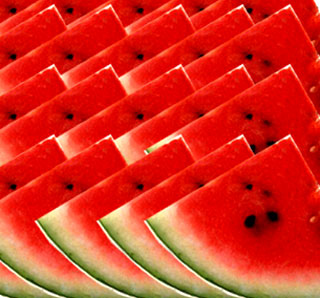What do I mean by this statement? Let me explain:
How many people take the salt shaker and sprinkle it on your food before they even taste it? Sounds terrible, but it is a harsh reality in this country.
The reality is that Americans eat out so much and buy a large amount ready-made, frozen, and processed foods that are manufactured using so much sodium, that our tastebuds are used to high amounts of sodium. Therefore, the times that we make foods at home, or when we taste our food, we are so sensitive to the level of salt in our food and used to the flavor, that we add more. For others, it just becomes a habit!
How many people eat their food laden in calorie rich sauces (butter, cheese, et al.) that coats their food so much so that the flavor of the center of the dish is completely masked? Sure these sauces taste good but beyond their negative health benefits you miss out on the natural flavors of the entree!
How many people add sweeteners (whether it is sugar or an artificial variety) and/or creams to their beverages before even tasting them? Again, our taste buds become accustomed to a level of sweetness and psychologically we believe we need these condiments and in some cases just start adding before even trying them.
We can train our taste buds to enjoy foods that have less salt, less sugar. It may take time and several tries, but remember that studies show with small children it takes between 10-15 exposures to a food for them to develop a liking to them. As adults, we can do the same thing! I'm sure you can think of at least one food that you remember trying and disliking as a child but enjoy now...
Let's retrain our tastebuds:
- Try your food/beverage before adding any salt, sweeteners, dressings, or any sauce/gravy. Give yourself exposure to the actual taste of the food. You may find that you enjoy it without and can skip those added calories, chemicals, or sodium.
- Try reducing the amount you use by half. Instead of 4 sugars, try 2 (to start). Instead of 6 shakes of the salt shaker, start with 3. After doing this several times you will find that you don't miss it. You are retraining your taste buds!
- Order your food plain with any sauces, gravies, dressings, and other condiments on the side. You should be in control!
- Don't pour! If you must, dip the the tines of your fork in the sauce (if you must) - this way you can wean yourself slowly from your old habits.
- Try new flavors. Fresh lemon or lime, pepper, garlic, onion, fresh or dried herbs can add lots of flavor if you feel you need to add something.




